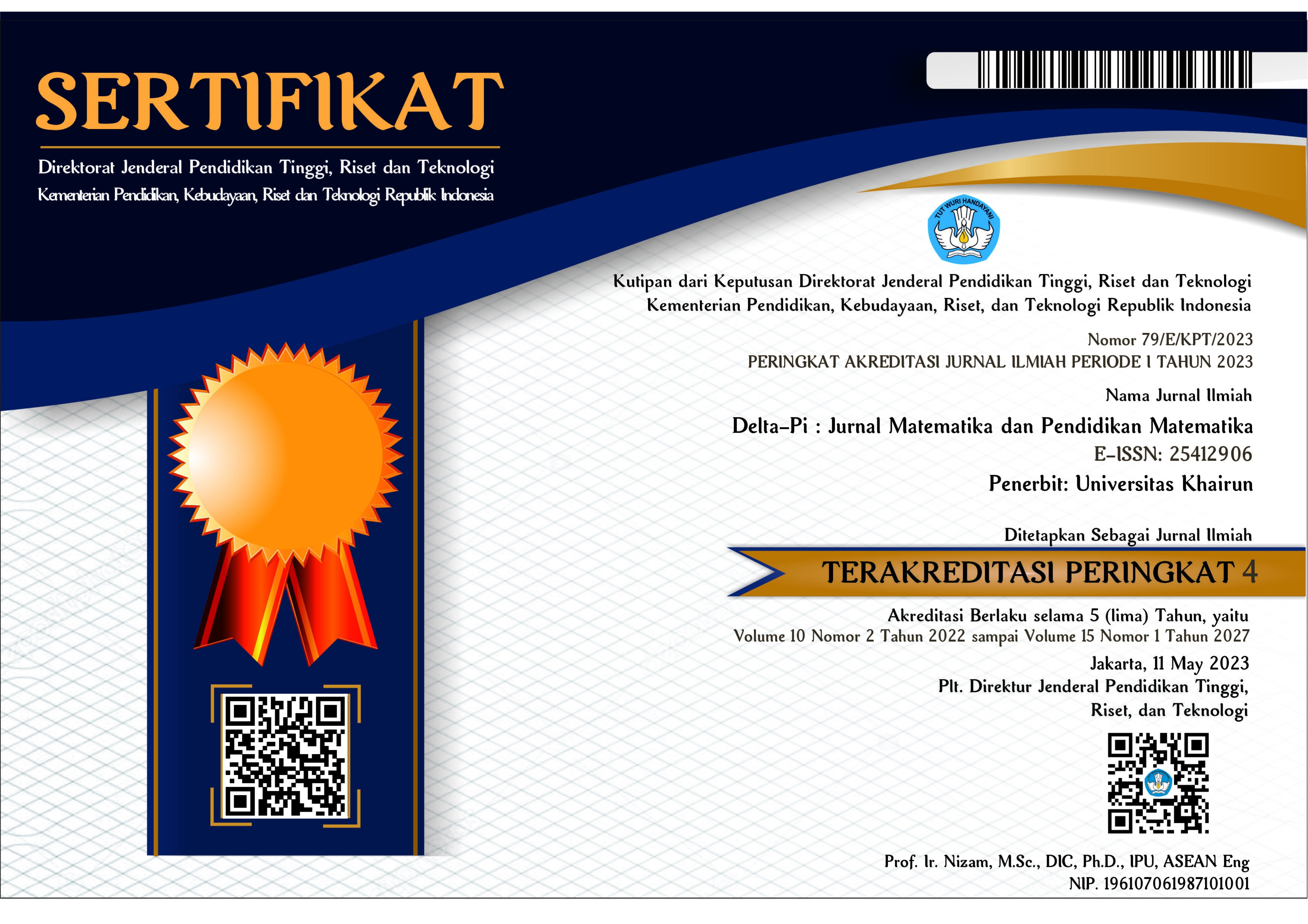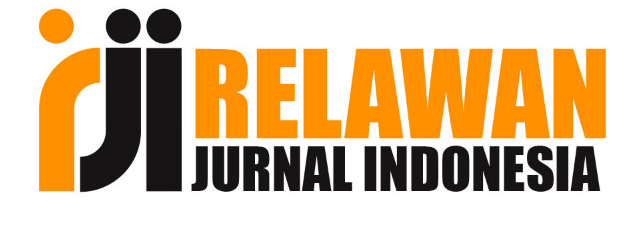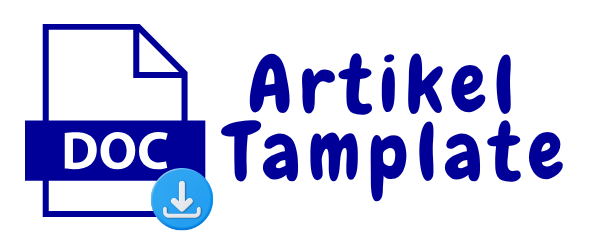Gestur Siswa Operasional Konkret dalam Menyelesaikan Tugas Generalisasi Pola
Sari
Penelitian deskriptif kualitatif ini bertujuan untuk mendeskripsikan gestur yang dihasilkan oleh siswa tahap operasional konkret dalam menyelesaikan tugas generalisasi pola. Gestur siswa dibatasi pada tiga jenis, yaitu; gestur menunjuk, gestur representasional dan gestur menulis. Penelitian dilakukan di SMP di Kabupaten Tuban Jawa Timur Kelas VII. Pemilihan subjek penelitian menggunakan instrumen tes kemampuan berpikir logis. Hasil penelitian menunjukkan bahwa siswa operasional konkret menggunakan gestur menunjuk, gestur representasional dan gestur menulis. Gestur menunjuk lebih sering digunakan siswa dalam menyelesaikan tugas generalisasi pola. Gestur siswa muncul sebelum ucapan, bersamaan dengan ucapan, setelah ucapan, maupun tanpa ucapan. Gestur berfungsi untuk mengarahkan perhatian pada aspek penting dalam gambar pola, menunjukkan posisi sesuatu dalam soal, menarik, memusatkan, dan mempertahankan perhatian pada aspek penting yang sedang dibicarakan, mengongkritkan sesuatu yang sedang dipikirkan, serta menuntun atau mengarahkan proses berpikir.
ÂÂ
Teks Lengkap:
PDFReferensi
Alibali, M. W., & Nathan, M. J. (2007). Teachers’ gestures as a means of scaffolding students’ understanding: Evidence from an early algebra lesson. Video research in the learning sciences, 349-365.
Alibali, M. W., & Nathan, M. J. (2012). Embodiment in mathematics teaching and learning: Evidence from learners' and teachers' gestures. Journal of the learning sciences, 21(2), 247-286.
Becvar, A., Hollan, J., & Hutchins, E. (2008). Representational gestures as cognitive artifacts for developing theories in a scientific laboratory. In Resources, Co-Evolution and Artifacts(pp. 117-143). Springer, London.
Cartmill, E.A., Beilock, S. & Goldin-Meadow, S. 2012. A Word in The Hand: Action, Gesture and Mental Representation in Humans and Non-Human Primates. Philosophical Transaction of The Royal Society B. 367, 129-143
Dindyal, J. (2007). High school students use of pattern and Generalisation. Proceedings of the 30th Annual Conference of the Mathematics Education Research Group of Australasia, 1, 236-245.
Edwards, L. (2005, July). The role of gestures in mathematical discourse: Remembering and problem solving. In Proceedings of the 29th Conference of the International Group for the Psychology of Mathematics Education (Vol. 1, pp. 135-138). Melbourne: University of Melbourne.
Mu’jizatin Fadiana, S. M., & Lukito, A. (2018). Profil Generalisasi Siswa Operasional Konkret Berdasarkan Perspektif Semiotik. Prosiding SNasPPM, 3(1), 122-128.
Mu’jizatin Fadiana, S. M., & Lukito, A. (2018). The Seventh Grade Students’ Generalization Strategies of Patterns. Journal of Education and Learning (EduLearn), 12(3), 333-339.
Fadiana, M., Amin, S. M., Lukito, A., Wardhono, A., & Aishah, S. (2019). Assessment of seventh grade students’ capacity of logical thinking. Jurnal Pendidikan IPA Indonesia, 8(1), 75-80.
Fadiana, M., Amin, S. M., & Lukito, A. (2019, March). How concrete operational student generalize the pattern?: use semiotic perspective. In Journal of Physics: Conference Series(Vol. 1188, No. 1, p. 012032). IOP Publishing.
Kelly, S. D., Manning, S. M., & Rodak, S. (2008). Gesture gives a hand to language and learning: Perspectives from cognitive neuroscience, developmental psychology and education. Language and Linguistics Compass, 2(4), 569-588.
Lannin, J. K. (2003). Developing algebraic reasoning through generalization. Mathematics Teaching in the Middle School, 8(7), 342-349.
McNeill, D. (1992). Hand and mind: What gestures reveal about thought. University of Chicago press.
Miles, M. B., Huberman, A. M., & Saldana, J. (2014). Qualitative data analysis: A methods sourcebook.
Mulligan, J., & Mitchelmore, M. (2009). Awareness of pattern and structure in early mathematical development. Mathematics Education Research Journal, 21(2), 33-49.
Özçalışkan, S., & Dimitrova, N. (2013). How gesture input provides a helping hand to language development.
Reynolds, F. J., & Reeve, R. A. (2001). Gesture in collaborative mathematics problem-solving. The Journal of Mathematical Behavior, 20(4), 447-460.
Roadrangka, V., Yeany, R. H., & Padilla, M. J. (1982). GALT, Group test of logical thinking. University of Georgia, Athens, GA.
Singer, M. A., & Goldin-Meadow, S. (2005). Children learn when their teacher's gestures and speech differ. Psychological Science, 16(2), 85-89.
Thompson, J. M. (2014). Teachers' Perceptions of Other Teachers' Spontaneous Hand Gesturing in the EFL Classroom. Novitas-ROYAL (Research on Youth and Language), 8(2), 119-135.
Vasc, D., & Ionescu, T. (2013). Embodying cognition: Gestures and their role in the development of thinking. Cognitie, Creier, Comportament/Cognition, Brain, Behavior, 17(2).
Vogel, R. (2005). Patternsâ€â€a fundamental idea of mathematical thinking and learning. ZDM, 37(5), 445-449.
Yeşildere, S., & Akkoç, H. (2010). Algebraic generalization strategies of number patterns used by pre-service elementary mathematics teachers. Procedia-social and behavioral sciences, 2(2), 1142-1147.
Zazkis, R., & Liljedahl, P. (2002). Generalization of patterns: The tension between algebraic thinking and algebraic notation. Educational studies in mathematics, 49(3), 379-402.
DOI: https://doi.org/10.33387/dpi.v10i1.2624
Refbacks
- Saat ini tidak ada refbacks.
Delta-Pi: Jurnal Matematika dan Pendidikan Matematika © 2024 is licensed under CC BY 4.0
















